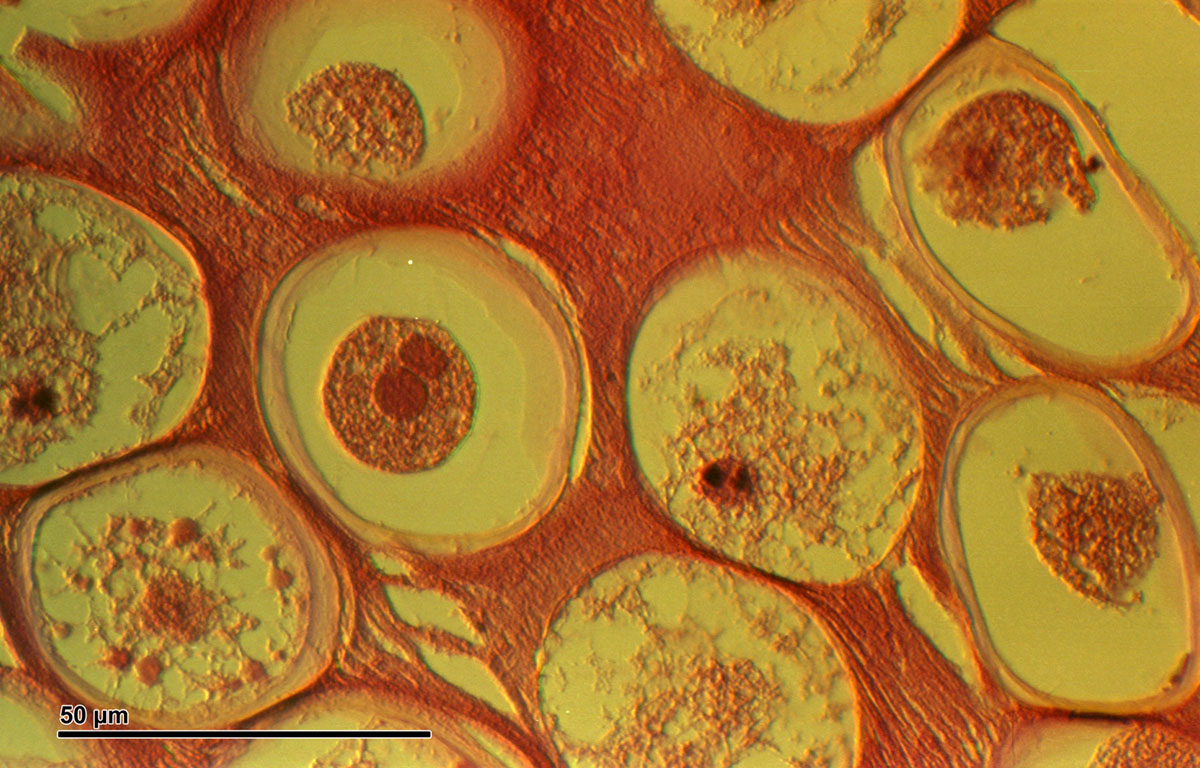
The menstrual cycle (female reproductive cycle) is repeated process affecting all women in their reproductive years. It comprises several phases and each of them is characterized by specific level of certain hormones as well as certain changes in the female reproductive organs, especially the uterus and the ovaries. This cycle begins with menstruation and may end with either pregnancy or the onset of another menstruation.
Menstrual Phase
Menstrual phase is actually shedding of the inner layer of the uterus. This happens each month in case a woman does not conceive. The bleeding varies in intensity and length and while some women take it well, others experience plenty of associated problems such as pain or cramping in the lower abdomen, nausea etc.
Proliferative Phase
After shedding of the uterus, the woman enters a proliferative phase of her reproductive cycle. During this phase the major effects are achieved with the assistance of estrogen. The endometrium begins to prepare for implantation and gradually thickens. In the meantime, the ovaries enter the phase of ovulation i.e. a release of a mature oocyte (an egg). This egg is located in a follicle and waits for a signal to be released to be fertilized. The entire process of egg maturation is under control of several hormones including GnRh produced by the hypothalamus as well as FSH and LH, two hormones produced by the pituitary gland. LH, is actually a hormone in charge of the release of an egg from the mature follicle. The egg is released into the body cavity and soon is captured by fimbriae of the fallopian tube and then directed to the uterus.
Secretory Phase
After the egg leaves the mature follicle, the follicle transforms into the corpus luteum. This formation is responsible for production of small amounts of estrogen. The phase is, however, under major influence of progesterone synthesized by the cells of the ovary. Sufficient amount of progesterone allows the uterus to become thick enough in order to receive the fertilized egg.
Fertilization and Implantation
If the egg is not fertilized, the corpus luteum slowly enters the phase of regression and the level of both hormones, estrogen and progesterone suddenly drop. This initiates shedding of endometrial cells and the entire process starts once again.
On the other hand, if the egg gets fertilized, it is transferred via the fallopian tube into the uterus. There, the egg is implanted into the back wall of the uterus (the most common scenario). Once the placental tissue develops it secretes Chorionic gonadotropin which keeps the corpus luteum functioning. With the assistance of the corpus luteum, the pregnancy continues and the shedding of the uterus is prevented. In later stages of pregnancy the placenta takes over the function of the corpus luteum and continues producing hormones necessary for the continuation of pregnancy.


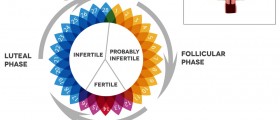






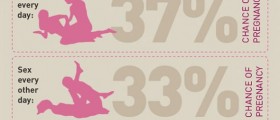


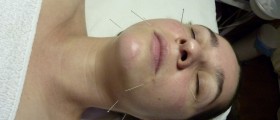

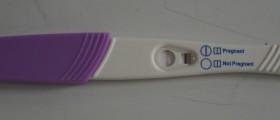
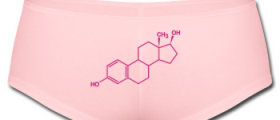

Your thoughts on this
Loading...